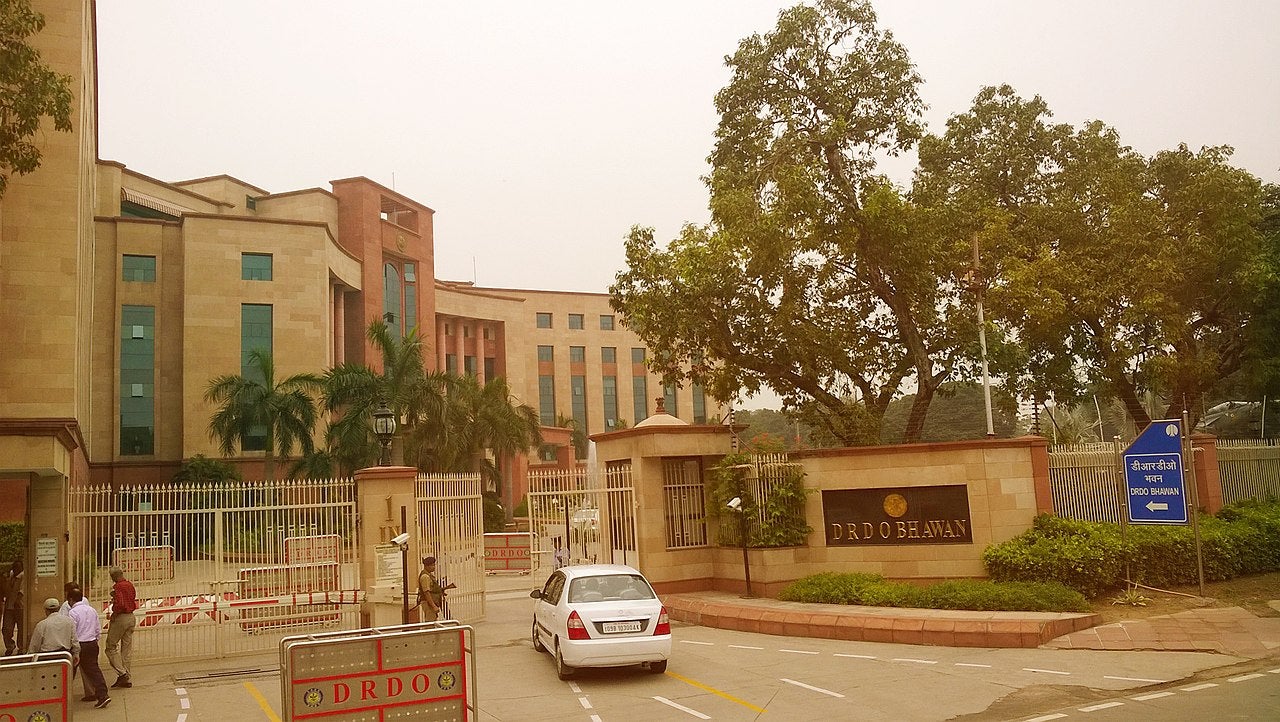
In the handover ceremony, Indian Defence Minister Rajnath Singh presented the Indian Army with Border Surveillance System (BOSS), an all-weather electronic surveillance system.
Designed and developed by Instruments Research & Development Establishment (IRDE) in Dehradun, the system is capable of automatically detecting any intrusion in high-altitude sub-zero temperature areas.
The system, which can be operated remotely, has already been deployed at the Ladakh border area for surveillance.
The Indian Air Force received the ASTRA Mk-I Missile, a Beyond Visual Range (BVR) missile system. The missile can be fired from Sukhoi-30, Light Combat Aircraft (LCA), Mig-29 and Mig-29K aircraft.
It is developed by Defence Research & Development Laboratory (DRDL) Hyderabad and produced by Bharat Dynamics, Hyderabad.
Additionally, Minister Singh handed over the Indian Maritime Situational Awareness System (IMSAS), a software system that will provide a global maritime situational picture, marine planning tools and analytical capabilities to Indian Navy.
This system was conceived and developed jointly by the Centre for Artificial Intelligence & Robotics (CAIR) in Bengaluru and Indian Navy, while BEL developed it.
At the event, Singh also complimented the DRDO scientists for their work in developing critical defence systems.
In October, DRDO completed the final user trial of the third-generation anti-tank guided missile (ATGM) NAG.
The NAG system is designed to destroy or defeat enemy tanks equipped with composite and reactive armour.



